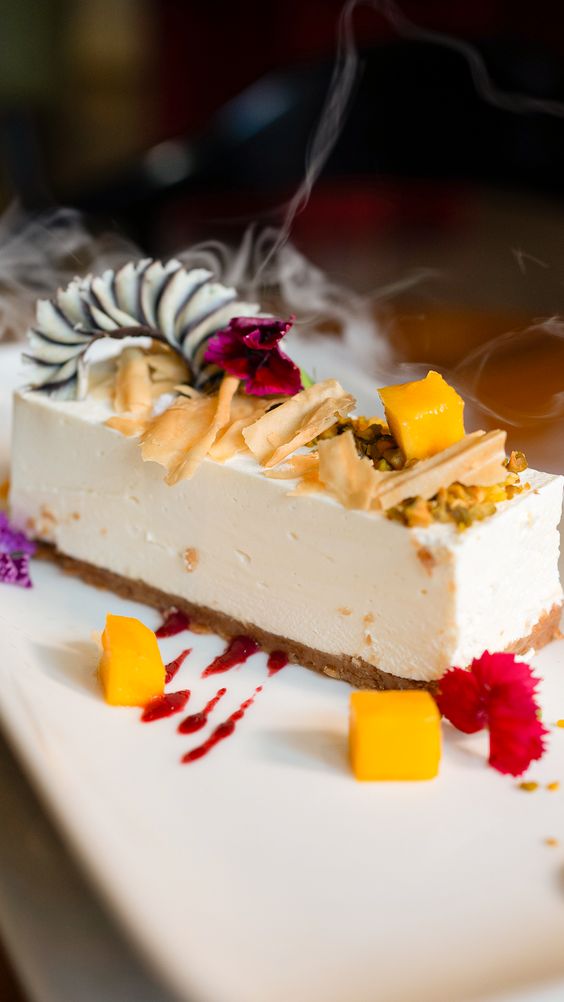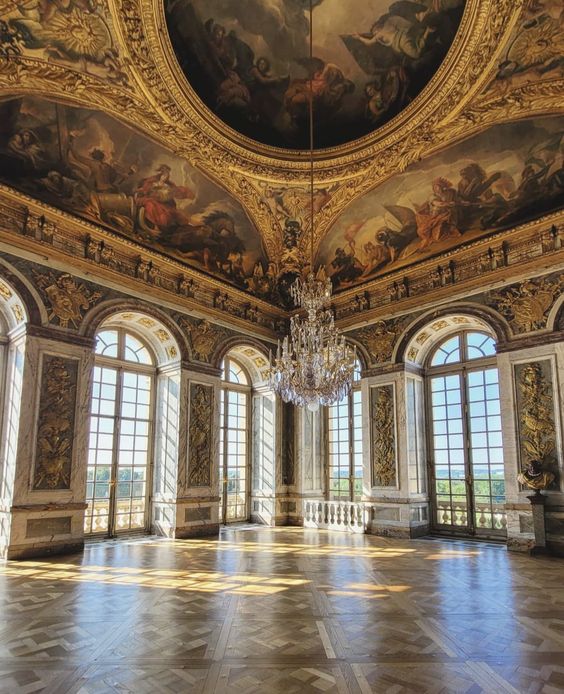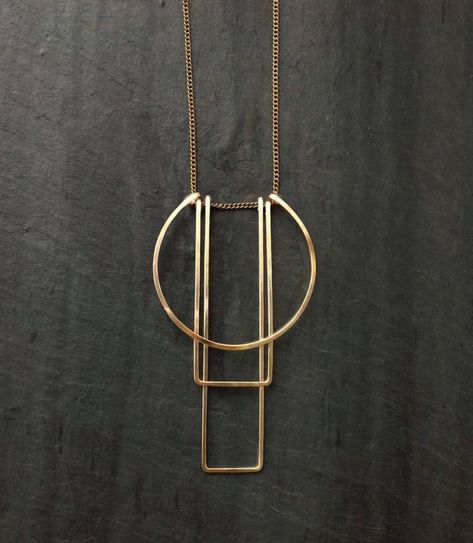Mastering the Art of Wine Tasting: Conquer the World of Fine Wines
Wine tasting is not just a leisurely activity for connoisseurs; it is a way to experience the world of fine wines and indulge in a luxury lifestyle. Whether you are a seasoned wine enthusiast or a novice looking to expand your knowledge, mastering the art of wine tasting is essential.
This guide will take you on a journey to conquer the world of fine wines, exploring the nuances and flavours that make each bottle unique. From understanding the basics of wine tasting to discovering the hidden gems of the luxury wine market, this comprehensive guide will elevate your wine experience to new heights. So grab a glass, sit back, and embark on a sensory adventure with us.
The Importance of Wine Tasting And Its Impact on your Palate
Wine tasting goes beyond the simple act of drinking a glass of wine; it is an art form that allows you to engage your senses and appreciate the complexities of each varietal. The act of tasting wine involves much more than just the taste buds; it engages your sense of smell, sight, and even touch.
By actively engaging in wine tasting, you can train your palate to recognize and differentiate between various flavors and aromas. This enhanced sensory perception not only allows you to appreciate the nuances of different wines but also helps you become a more discerning consumer.
Additionally, wine tasting provides you with the opportunity to broaden your horizons and explore new regions and styles of wine. Through tasting a wide variety of wines, you can develop a deeper understanding of different winemaking techniques and terroirs.
In the next section, we will discuss the different steps involved in wine tasting and how to make the most of each tasting experience. Stay tuned to uncover the secrets to becoming a true wine connoisseur!
Developing your Wine-Tasting Skills
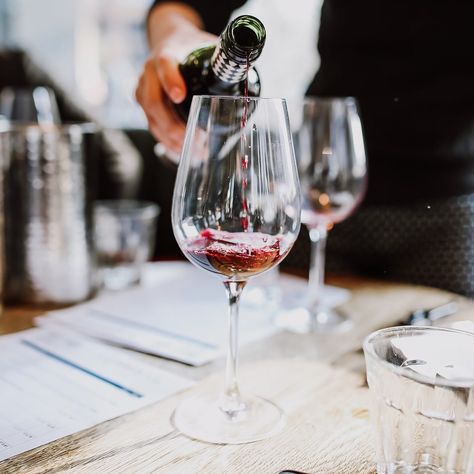
Developing your wine-tasting skills is essential to become a knowledgeable wine connoisseur. The first step is to create a favorable tasting environment. Make sure you are in a well-lit room with neutral scents and minimal distractions.
Before tasting, it is important to analyze the wine visually. Look at the color, clarity, and intensity of the wine in your glass. Swirling the wine helps release its aromas, allowing you to further assess its characteristics. Take a moment to inhale the wine deeply, identifying the different scents present.
When it comes to tasting, take small sips and let the wine coat your entire mouth. Pay attention to the balance of flavors, the level of acidity, and the presence of tannins. Take note of the wine’s body, texture, and finish.
To enhance your tasting skills, attend wine-tasting events, join local wine clubs, and read reputable wine publications. Practice regularly and experiment with different wine styles or regions. With time and dedication, you will become more confident in your ability to identify and appreciate the complexity of fine wines.
The Art of pairing wines with food
Once you have honed your wine-tasting skills, it’s time to delve into the art of pairing wines with food. Pairing wine and food can elevate your overall dining experience, as the right combination can enhance the flavors of both elements.
When considering wine and food pairings, there are a few key principles to keep in mind.
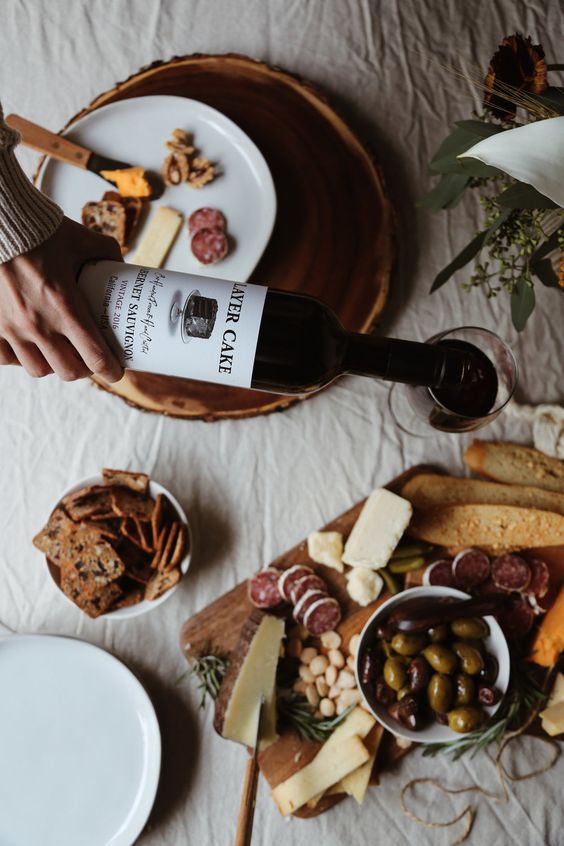
Firstly, match the weight and intensity of the wine with the dish. For example, a light-bodied wine such as a Sauvignon Blanc pairs well with delicate seafood or salads, whereas a full-bodied Cabernet Sauvignon complements hearty dishes like steak or lamb.
Another important factor to consider is the flavors of the food and wine. Look for complementary or contrasting flavors to create a harmonious balance. For instance, a sweet wine like a Riesling can provide a delightful contrast to spicy foods, while a rich and buttery Chardonnay can enhance the richness of creamy dishes.
Furthermore, consider the texture and structure of both the wine and the food. A wine with high acidity can cut through the richness of fatty foods, balancing the palate. Similarly, pairing a wine with tannins, such as a bold red like a Malbec, can complement the texture of grilled meats.
It’s always helpful to seek advice from sommeliers or consult wine pairing guides to expand your knowledge in this area. Experiment with different pairings and trust your own preferences. Remember, there are no hard and fast rules when it comes to wine and food pairing, and the joy is in the exploration.
In the next section, we will explore the world of wine regions and the unique characteristics they offer.
understanding the language of wine
As you continue to explore the world of wine, you will often come across tasting notes. These notes serve as a guide to help you better understand a wine’s characteristics and flavor profile. However, deciphering these notes can sometimes feel like decoding a foreign language.
One of the key elements in tasting notes is the description of aromas and flavors. Words like “fruity,” “spicy,” or “earthy” are commonly used to describe the sensory experience that a particular wine offers. Understanding these terms will enable you to articulate your own preferences and communicate with others in the wine community.
Tasting notes also mention the wine’s structure, which refers to its balance of acidity, tannins, and body. This information helps you gauge how a wine will feel on your palate and how it will pair with different types of food.
While tasting notes can be helpful, it’s important to remember that everyone’s palate is different. What one person perceives as “blackberry” might be “raspberry” to another. Therefore, it’s essential to trust your own senses and develop your own vocabulary for describing wines.
In the next section of our guide, we will delve into the world of wine-making techniques and how they influence the final product. Stay tuned for an in-depth look into the craftsmanship behind the wines we enjoy.
Sharing your wine knowledge with others
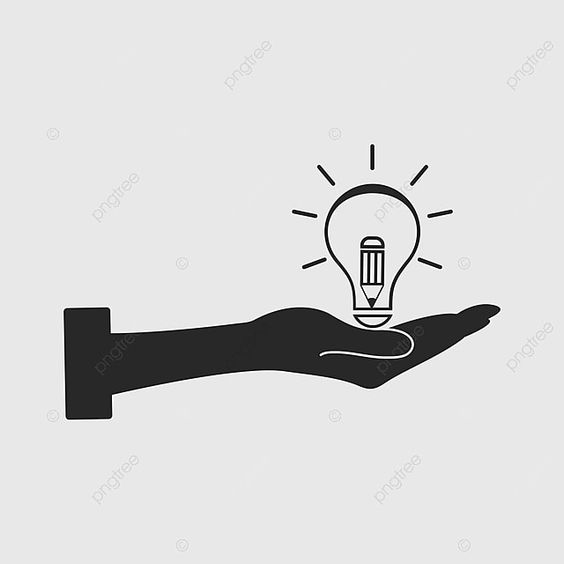
Once you have developed a better understanding of the language of wine and are able to decipher tasting notes, you may find yourself wanting to share your newfound knowledge with others. Whether it’s hosting a wine tasting party or simply discussing wines with friends and family, sharing your passion can be a rewarding experience.
When sharing your wine knowledge, it’s important to remember that not everyone may be as experienced or knowledgeable as you are. Therefore, it’s essential to tailor your discussions to your audience’s level of understanding. Use everyday language and avoid overly technical terms that may confuse or intimidate others.
Consider organizing a casual wine tasting event where you can showcase a variety of wines and guide your guests through the tasting process. Encourage them to share their own thoughts and opinions, fostering a collaborative and inclusive atmosphere.
Sharing your wine knowledge isn’t just about imparting information – it’s also about fostering enjoyment and appreciation for this complex beverage. Remember, wine is meant to be savored and shared, so have fun and embrace the opportunity to introduce others to the world of fine wines.
In the next section of our guide, we will explore how to properly store and serve wines to ensure optimal taste and quality. Stay tuned for valuable tips and tricks to enhance your wine tasting experience.
Embark on your journey as a win connoisseur
Congratulations! You have now learned the fundamentals of wine tasting and gained the confidence to explore the world of fine wines. By honing your sensory skills and understanding the elements that define a great wine, you are well on your way to becoming a true connoisseur.
Remember, wine tasting is an ongoing journey that requires continuous learning and exploration. The more you taste, the more you will develop your palate and expand your knowledge. So, don’t hesitate to attend wine tastings, join wine clubs, or participate in wine-related events to further enhance your understanding and appreciation.
As you continue on your wine tasting journey, be sure to keep an open mind and embrace new experiences. Every bottle of wine offers a unique story, and each taste is an opportunity to broaden your horizons.
So, pour yourself a glass, savor the moment, and let the world of fine wines take you on a delightful adventure. Cheers to your newfound expertise and a life enriched by the art of wine tasting!




